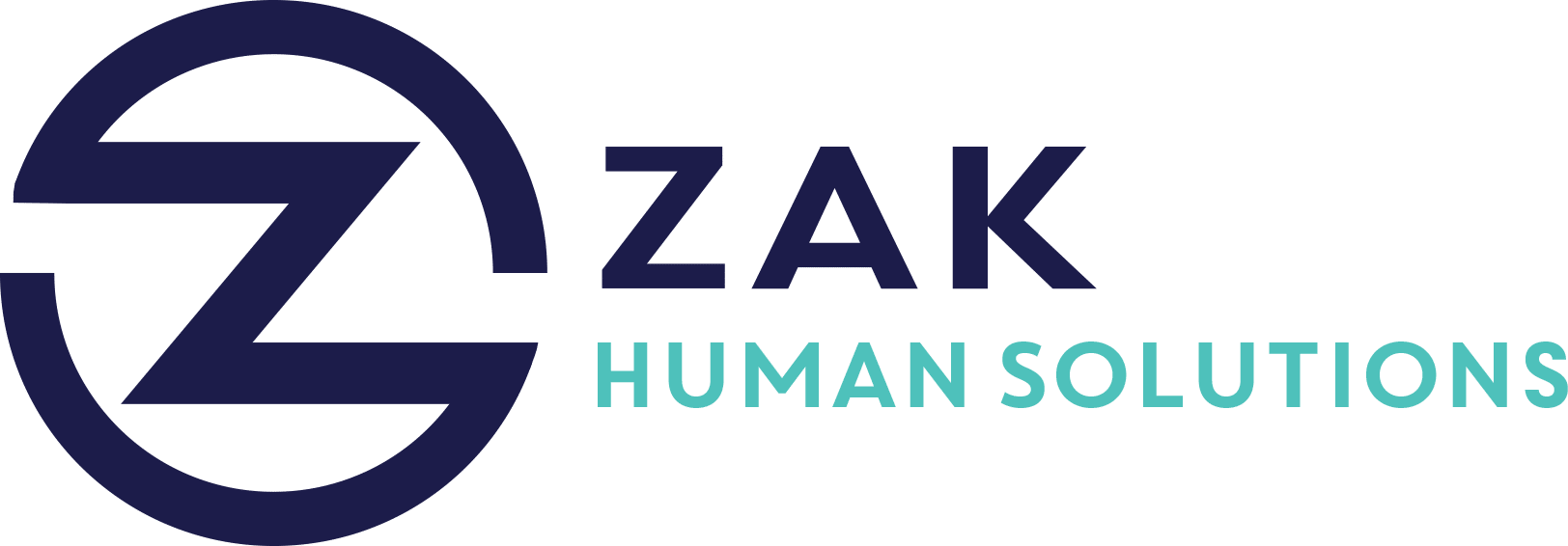Key Takeaways
- Twenty-one percent of U.S. workers believe their career future is out of their control, a sentiment that’s worsened over five years.
- Half of the workers are experiencing burnout, hitting a record high in the Career Optimism Index.
- Career development is crucial, with 71% of workers identifying upskilling as key for advancement.
- John Woods emphasizes the necessity of employers investing in talent development to retain employees and maintain a competitive edge.
- Employers prefer hiring new staff over training current ones, with reskilling investments declining since 2022.
- Companies are rapidly hiring AI talent without establishing a long-term candidate pipeline.
- Only a third of employees receive AI training from their employers despite increased AI use at work.
In today’s fast-paced job market, many U.S. workers find themselves facing unprecedented challenges in managing their careers. With an increasing sense of career instability and burnout reaching record highs, it is crucial for both employees and employers to adapt and invest in development strategies to remain competitive and fulfilled. In this blog post, we will dive deep into the current state of career management, examining the impacts of burnout, the importance of career development, and actionable steps that can lead to a more resilient and engaged workforce.
The Increasing Sense of Career Instability
Career Control Concerns
Recent studies highlight a pervasive sentiment among the U.S. workforce: 21% of workers feel their career future is out of their control, and this sense of instability has only worsened over the last five years. This trend suggests a growing need for interventions that foster a sense of agency and empowerment among employees.
Burnout Epidemic
Burnout is at an all-time high, with half of the workforce reporting feelings of exhaustion and disengagement. This alarming statistic underscores the urgency of addressing both the causes and remedies of burnout in the workplace. Employers must acknowledge the critical role they play in either exacerbating or alleviating this issue.
The Imperative of Career Development
Why Upskilling Matters
A significant 71% of workers have identified upskilling as a key factor for career advancement. With rapid technological advancements and shifting market demands, the need for continuous learning and professional development has never been more pronounced. Upskilling not only enhances individual career prospects but also enriches the overall skillset of the workforce.
Employer Investment in Talent Development
John Woods, a prominent voice in academic leadership, emphasizes the necessity for employers to actively invest in talent development. Companies that prioritize employee development are more likely to retain top talent, improve productivity, and maintain a competitive edge. Ignoring this critical investment can result in high turnover rates and loss of competitive advantage.
Challenges in Addressing Career Development
Preference for New Hires Over Reskilling
Despite the proven benefits of upskilling existing employees, many employers continue to favor hiring new talent over developing current staff. This approach has led to a significant decline in reskilling investments since 2022, posing long-term risks to organizational stability and innovation.
AI Talent Acquisition and Training Gaps
The integration of AI into the workplace presents both opportunities and challenges. While companies are rapidly hiring AI talent, many fail to establish sustainable pipelines of candidates who are trained and well-integrated into the organization. Moreover, only a third of employees report receiving AI training, highlighting a critical gap in preparedness for the future of work.
Strategies for a Resilient Workforce
- Prioritize Mental Health and Well-being: Addressing burnout requires a holistic approach that includes mental health support, flexible work arrangements, and a culture that values work-life balance.
- Invest in Employee Development: Employers should allocate resources for continuous learning opportunities, ranging from workshops and courses to mentorship programs and on-the-job training.
- Create Clear Career Paths: Transparent and actionable career progression paths empower employees to take control of their futures and alleviate career-related anxieties.
- Embrace Technology and AI: Organizations should not only hire AI talent but also provide comprehensive training programs that prepare the entire workforce to leverage these technologies effectively.
- Foster a Culture of Innovation: Encouraging creativity, collaboration, and adaptability within an organization can make it more resilient in the face of external changes and challenges.




